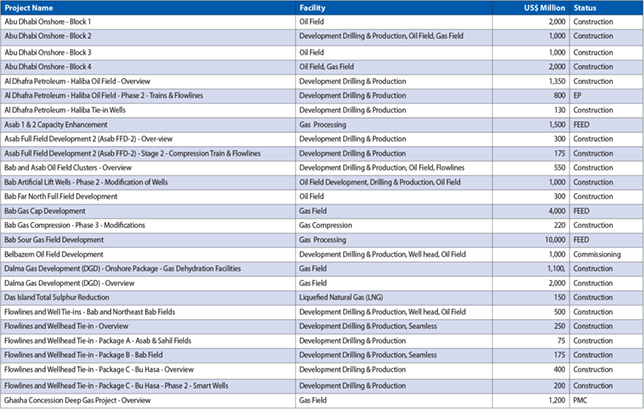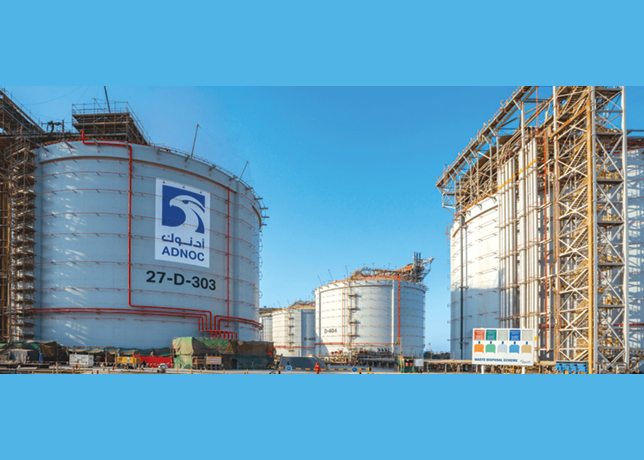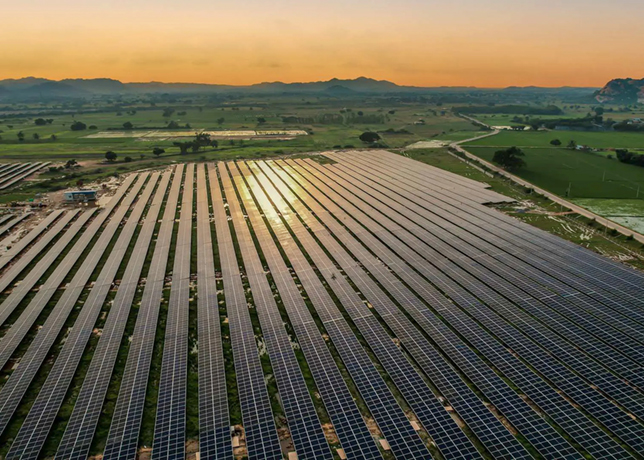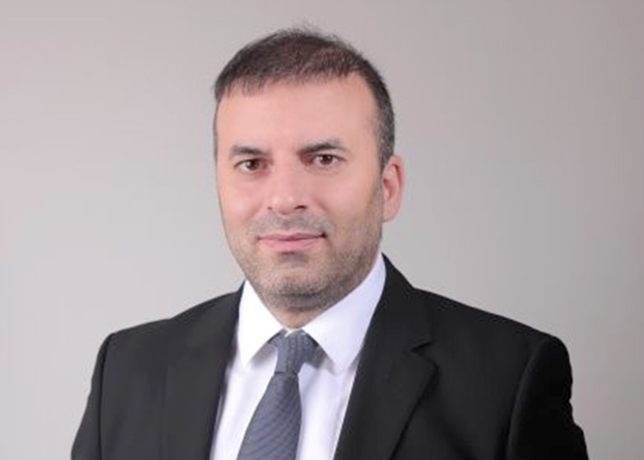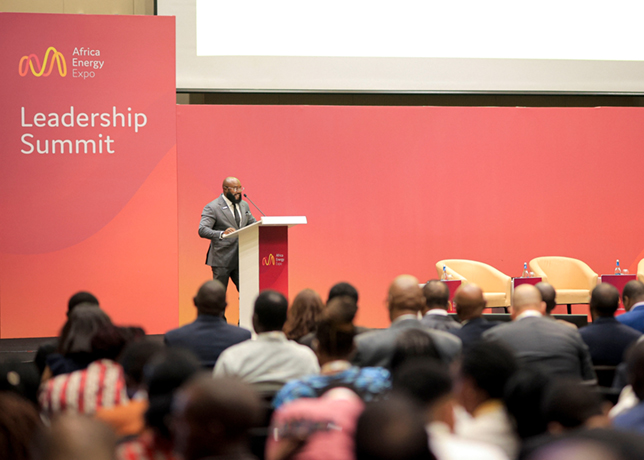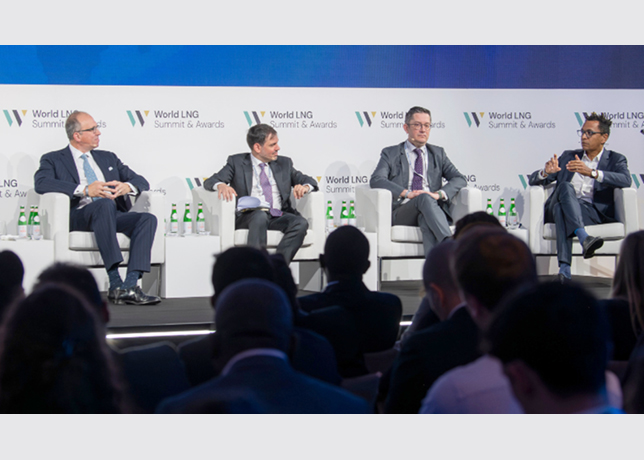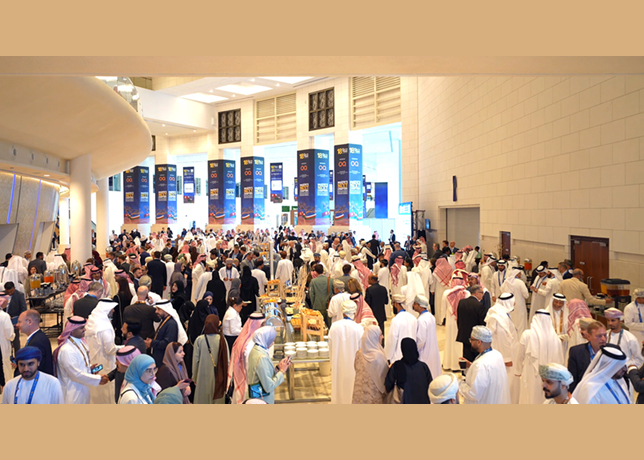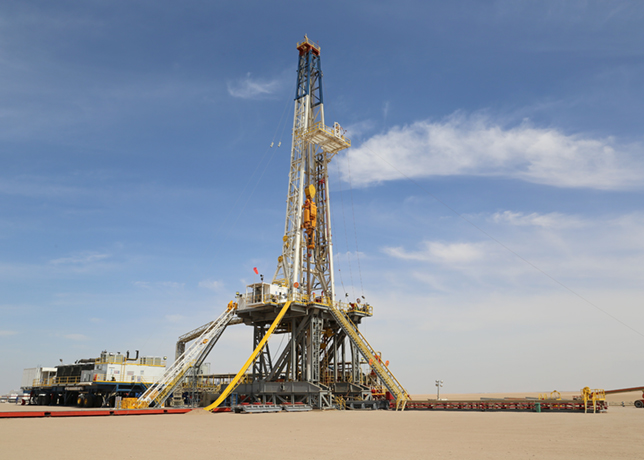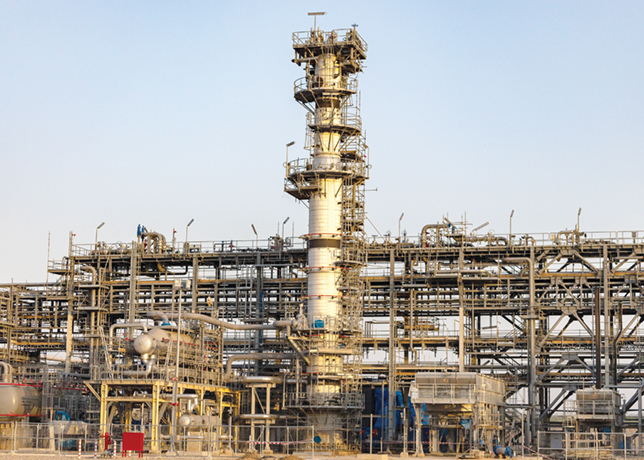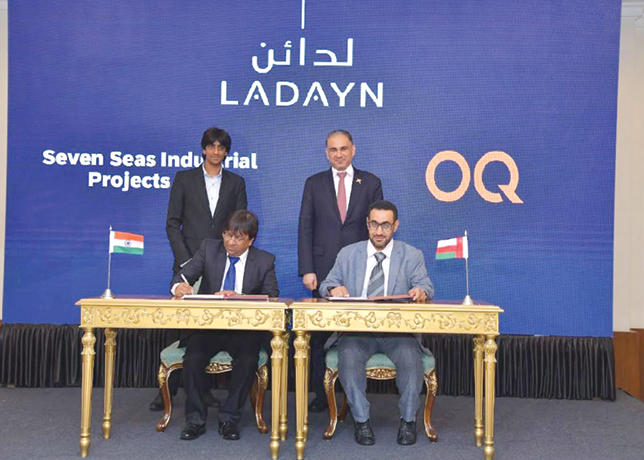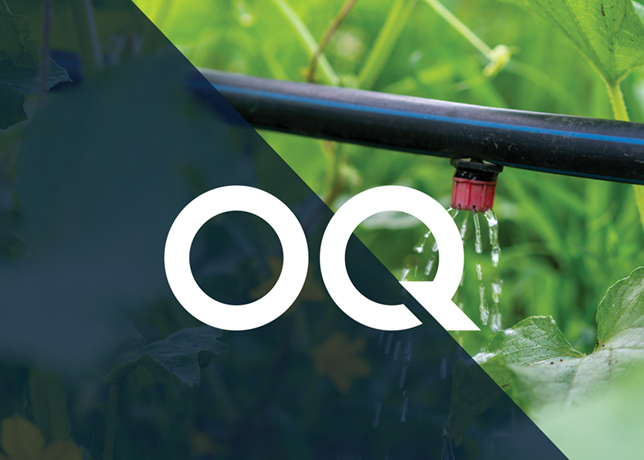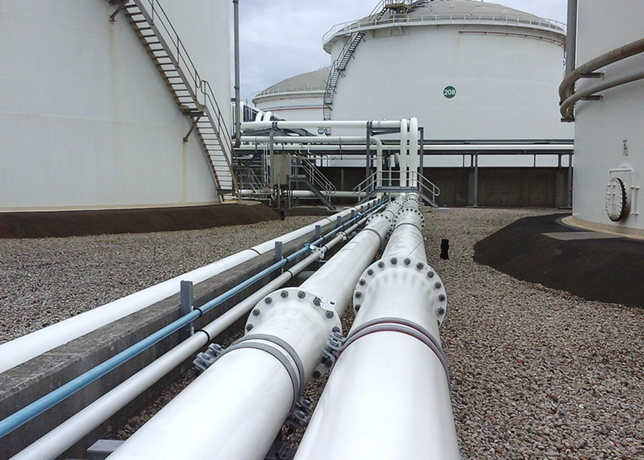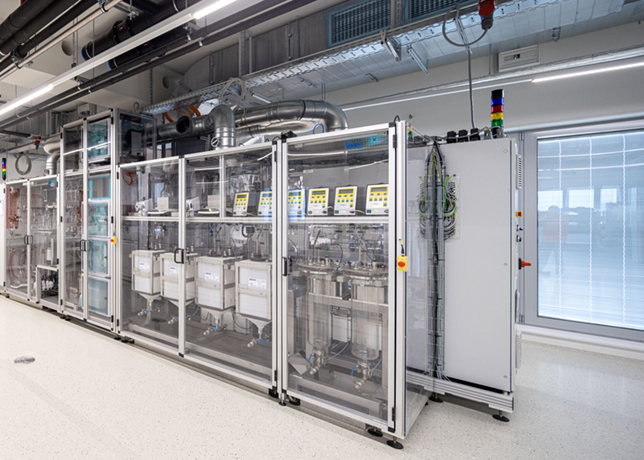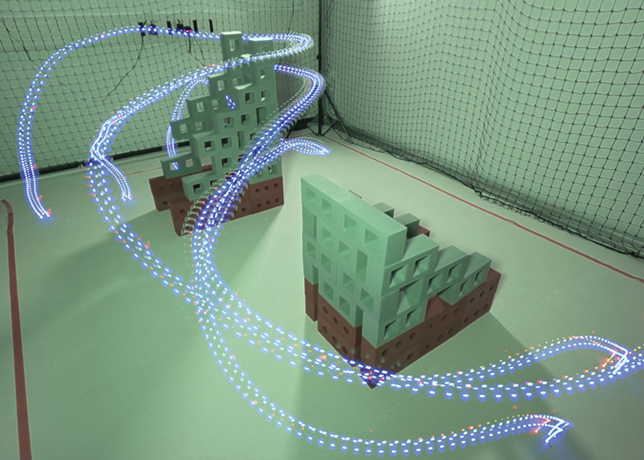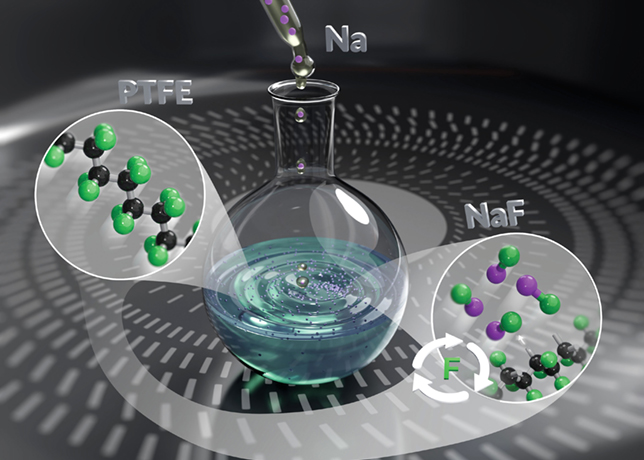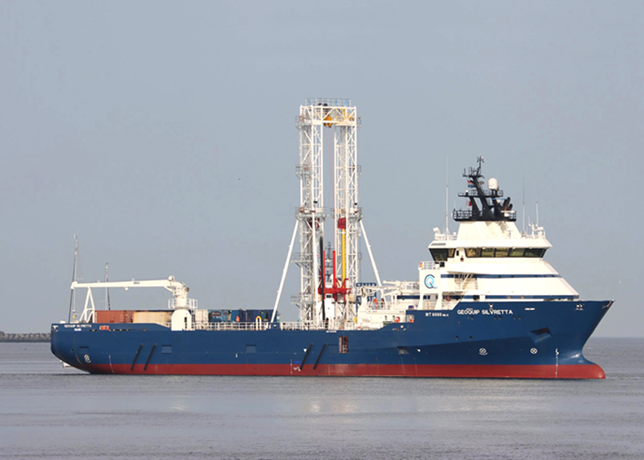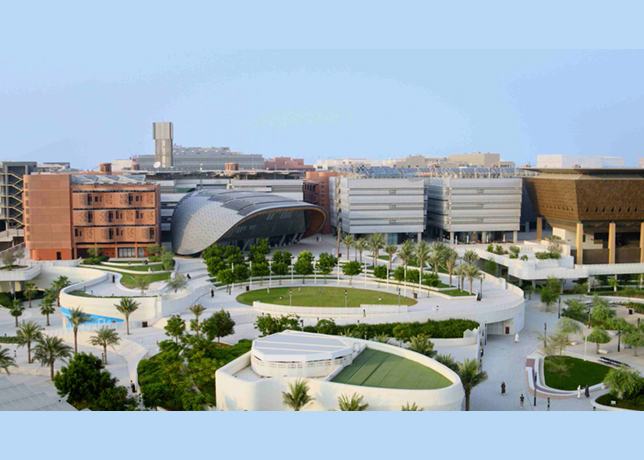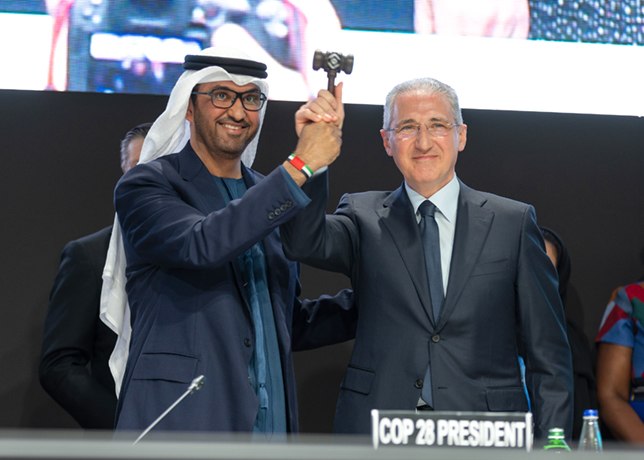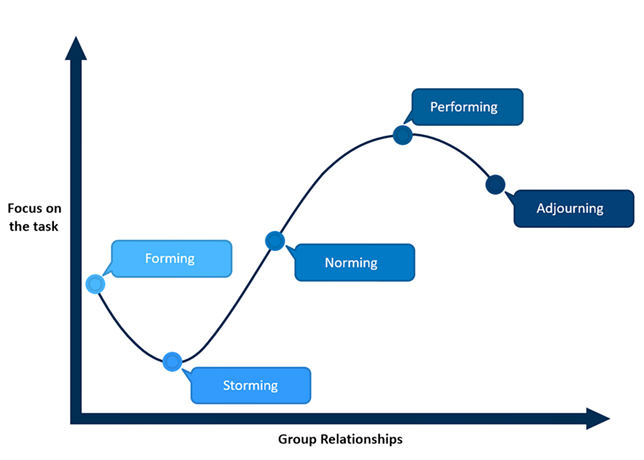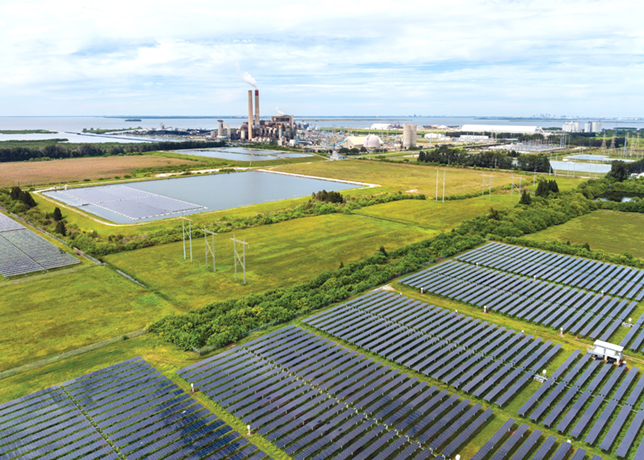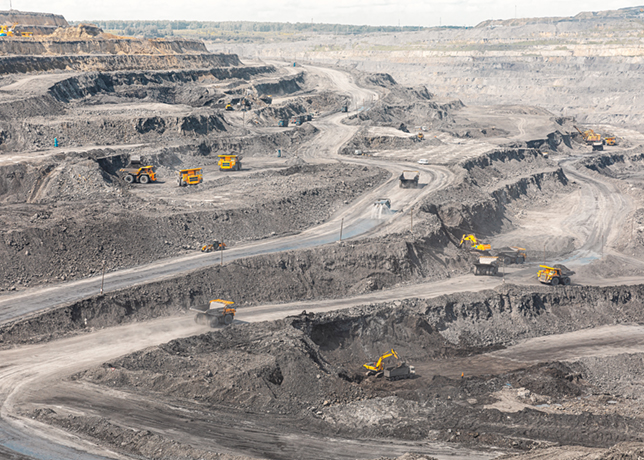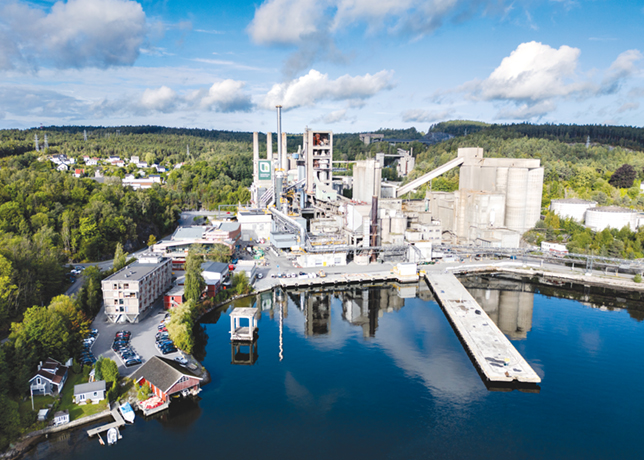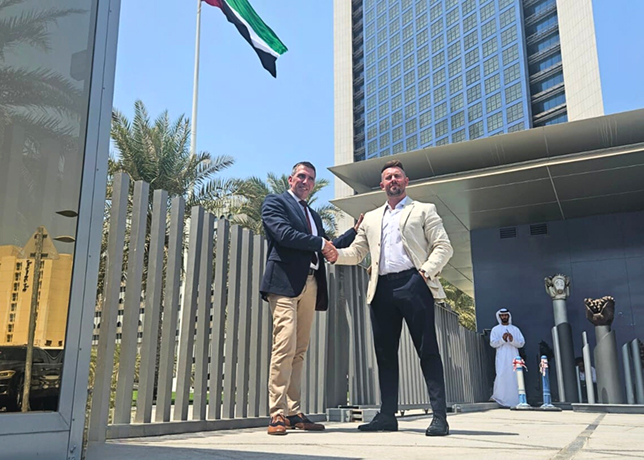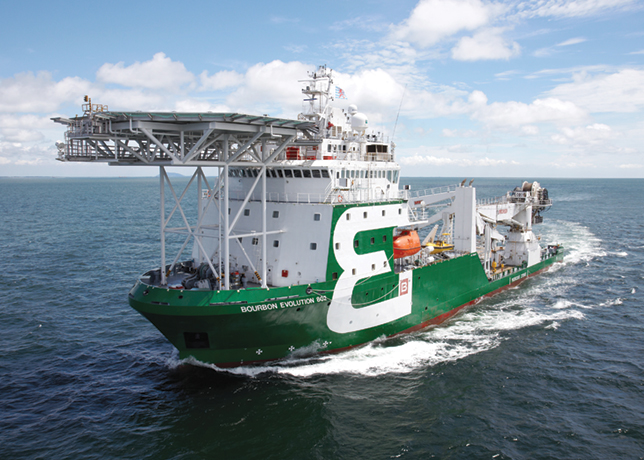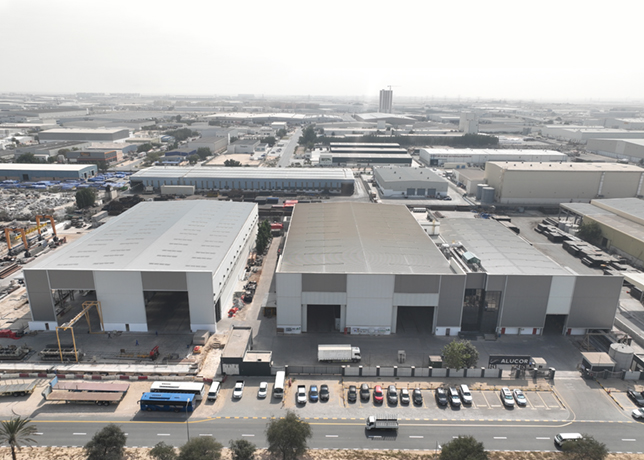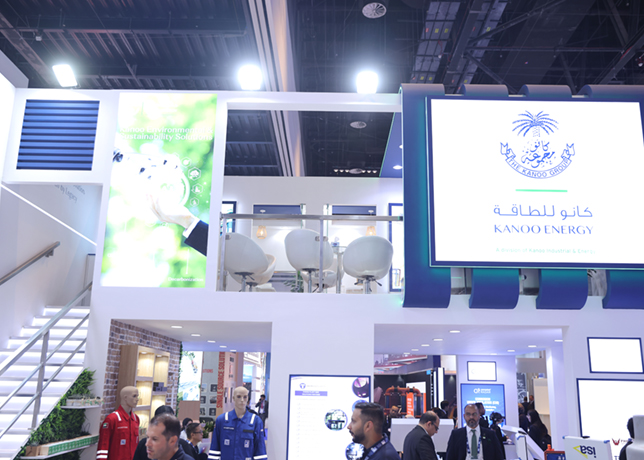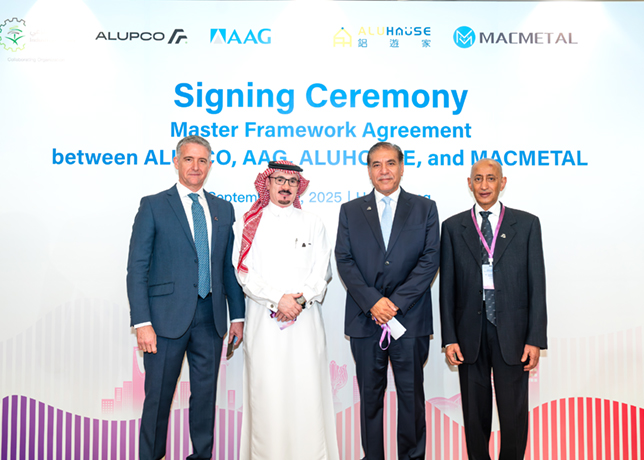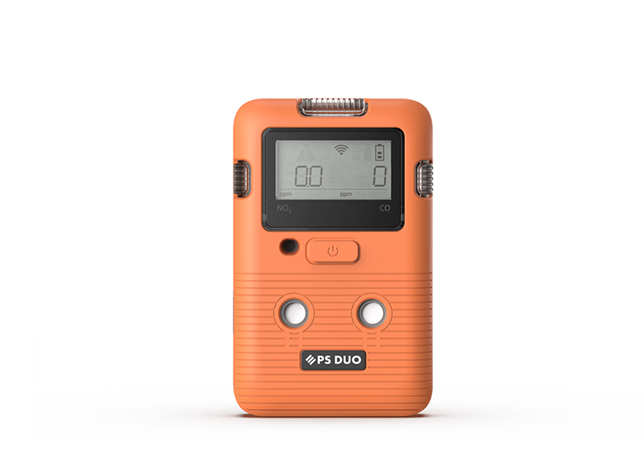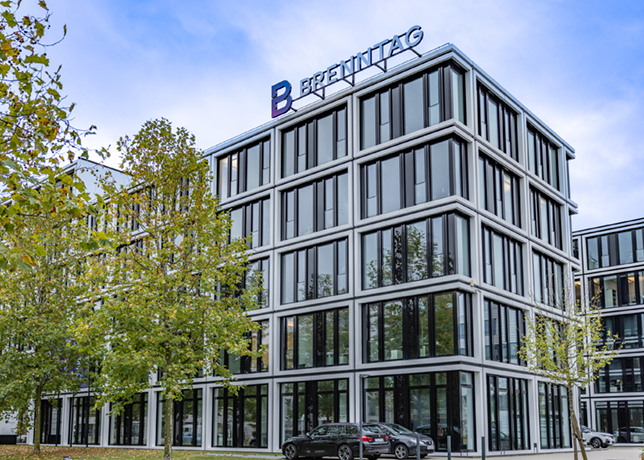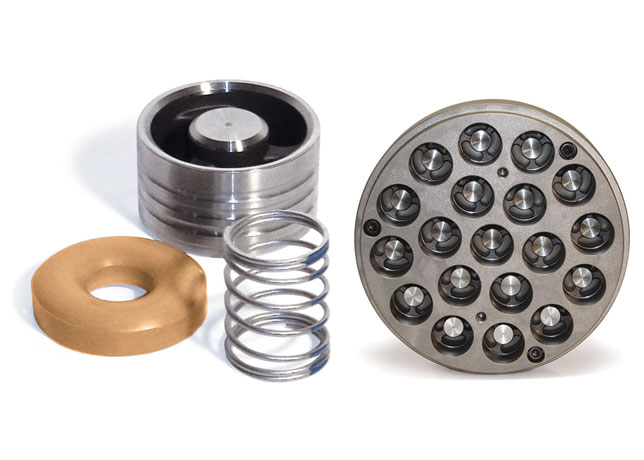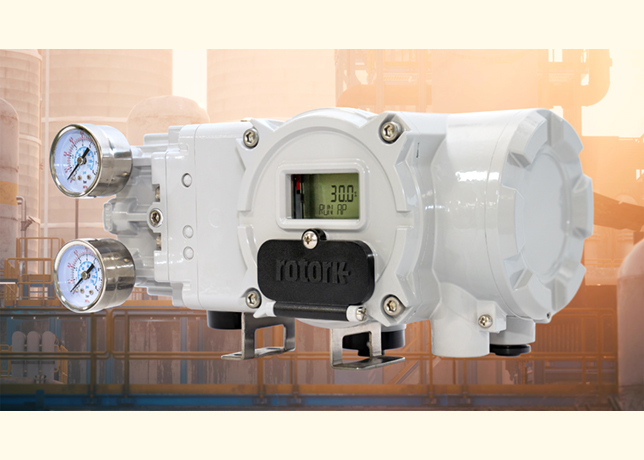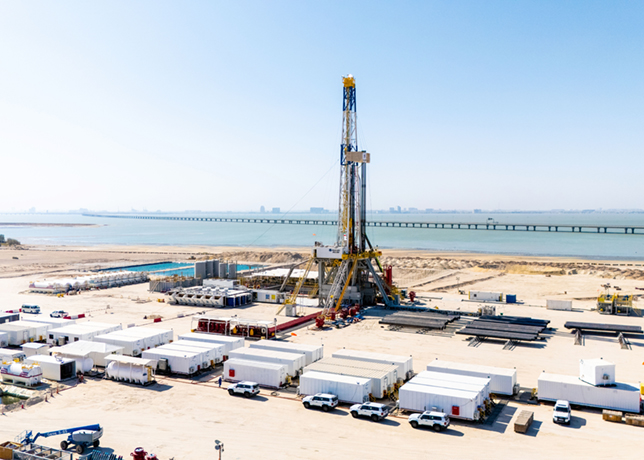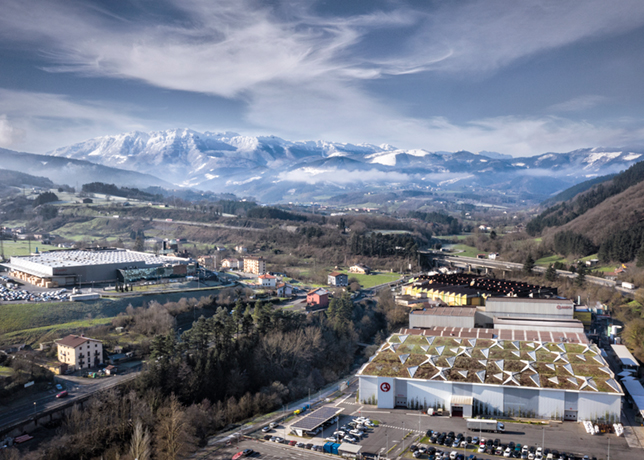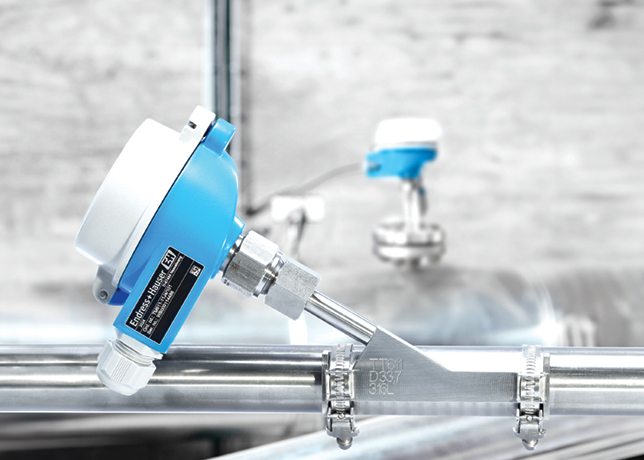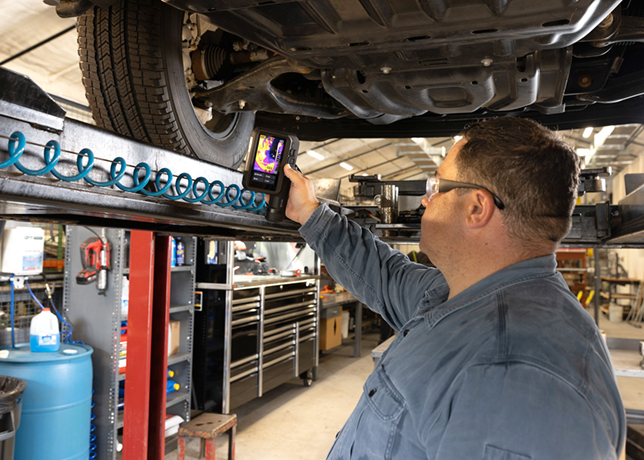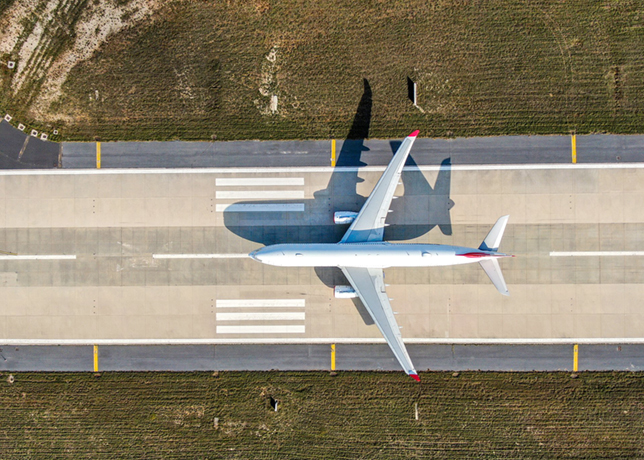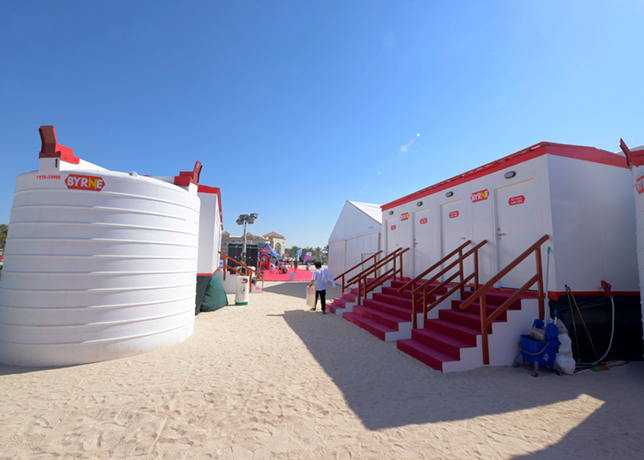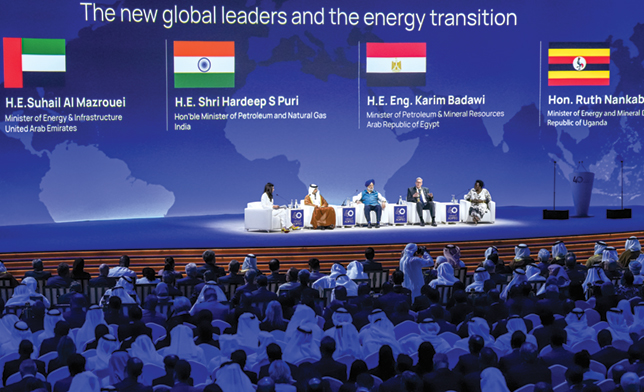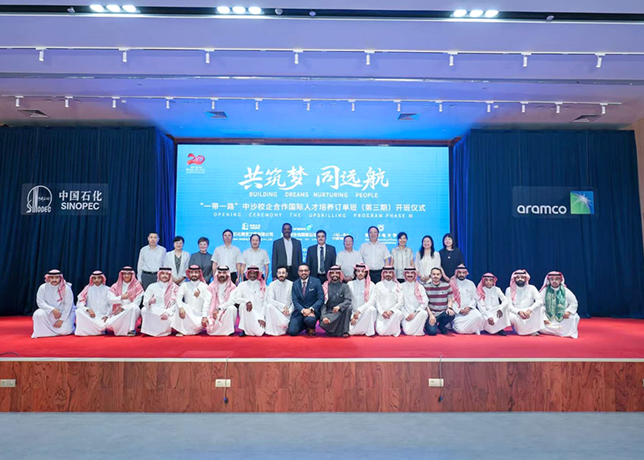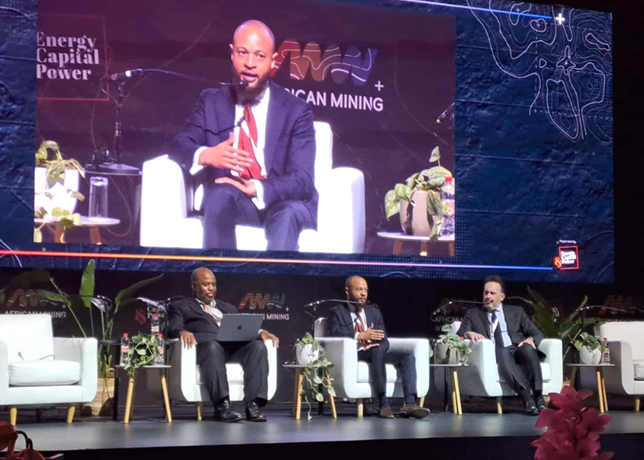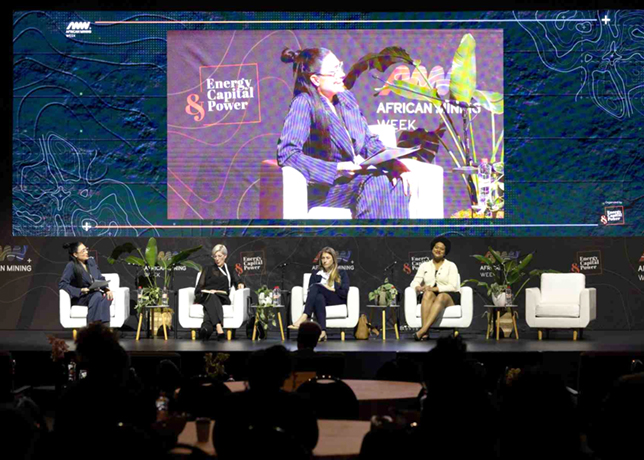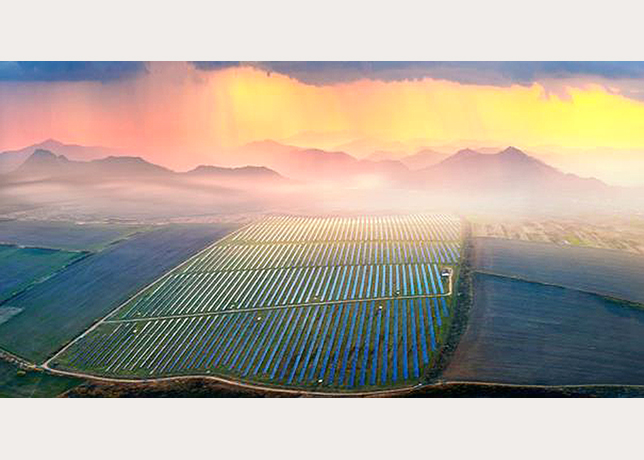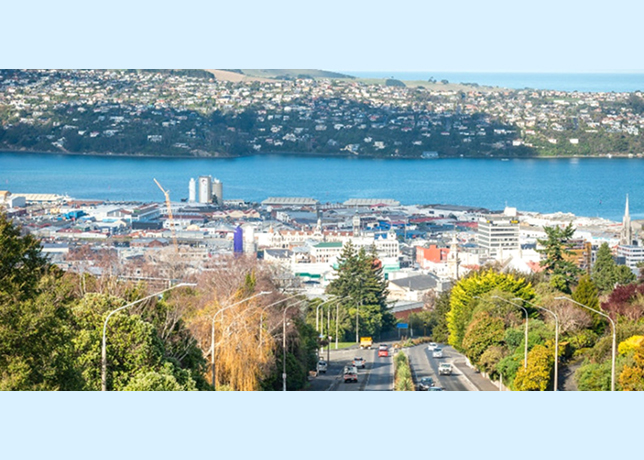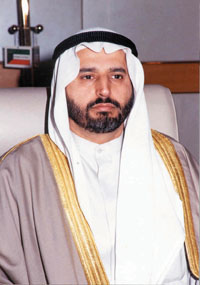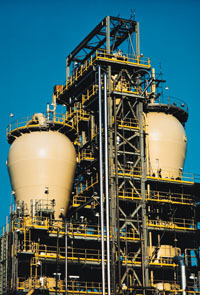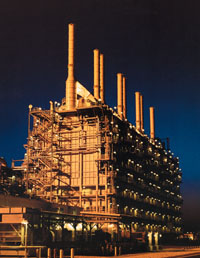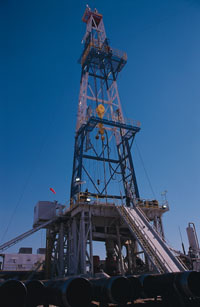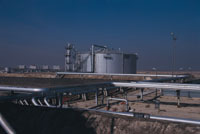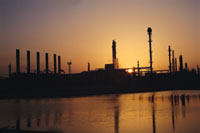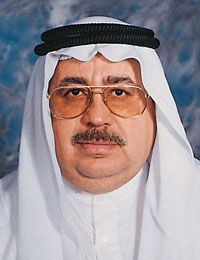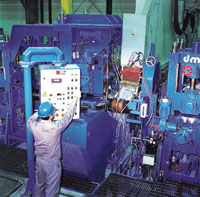
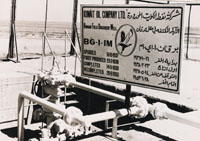 Beginning of an era ... the Burgan well No.1 first produced oil in 1938
Beginning of an era ... the Burgan well No.1 first produced oil in 1938
SIMPLE AND typewritten, a 1935 report on the 'Geology and oil prospects of Kuwait Territory' held the key to the development of the modern Kuwait.
KOC had been formed the year before by the Gulf Oil Corporation (now Chevron Oil) and Anglo-Persian Oil Company (presently British Petroleum). KOC was granted a concession agreement in the same year.
Following geological surveys and drilling, oil was discovered in the Burgan area in 1938, under great pressure.
A gusher, the Burgan well No.1 was, initially, stopped using a 60ft wooden pole due to a lack of sufficient drilling mud.
Between 1938 and 1942 eight more wells were drilled at Burgan. Operations were then suspended until the end of World War Two.
In 1945, operations resumed and in the next year the first sea-loading line was laid.
On June 30, 1946, the late Shaikh Ahmad Al Jaber Al Sabah turned a silver wheel to start Kuwait's first crude export aboard the tanker 'British Fusilier'.
The event was attended by senior Kuwaiti officials, the Political Resident in the Gulf area, the Political Agent in Kuwait and a number of high-ranking guests.
The director of KOC, a Mr Southwell, escorted Shaikh Ahmad to the ceremony site, where the silver wheel had been placed.
A total of 10,567 tonnes of crude oil were loaded onto the 'British Fusilier' in 11 hours and 13 minutes, an average of 950 tonnes per hour.
Between 1946 and 1949, the South Pier and a 25,000 bpd refinery, together with a power station and seawater distillation plant, was constructed at Mina Al Ahmadi. A complete township, including administrative headquarters, workshops, residential quarters and amenities were built in Ahmadi.
Between 1951 and 1953, drilling operations were extended to the Magwa and Ahmadi ridge, and production started from the Magwa/Ahmadi field.
In 1955 oil was discovered at Raudhatain in North Kuwait. Oil was discovered at Minagish in 1959, the North Pier being commissioned in the same year.
Kuwait's oil industry was nationalised on December 6, 1975. In line with other Arab oil producing states, Kuwait began negotiations in the early 1970s to restore control over its own natural oil resources.
By mutual agreements with the Company's two original partners, the State's shareholding in KOC was increased progressively until full control was achieved.
In 1980, KPC was established by decree, and was given the responsibility of exploration, drilling and production in Kuwait.
Ten years later, up to 80 per cent of the company's installations had been destroyed by Iraqi troops, with more than 700 oil wells also set alight. The last burning well, Burgan 118, was shut off on November 6, 1991.
Most of the production and export facilities had been rehabilitated by July 27, 1991 when Kuwait exported its first oil shipment, and production reached two million bpd on February 25, 1993.
In October 1995 oil was discovered in Kara'a Al Marou in West Kuwait. In the same year, KOC signed a contract with the Chinese National Petroleum Company for the construction of two new gathering centres (27 and 28).
In 1996, KOC marked the 50th anniversary of the first oil export.
Most of the foreign contractors in Kuwait's upstream sector are from the US. Bechtel managed the first two phases of reconstruction and rehabilitation work for the entire oil sector since March 1991.
Parsons Engineering Corporation managed the third phase and is responsible for all of KOC's projects under a contract first signed in 1993. Parsons' latest contract, for five years to the end of this year, is said to be worth about $80 million.



